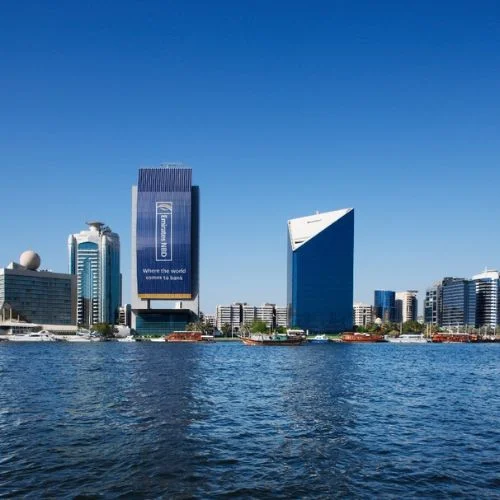India should address some concerns first, according to Jamshyd Godrej, chairman of Godrej & Boyce, in order to resolve the difficulties in the manufacturing industry.
It has been extensively debated how India is on the verge of emerging as the new global center for manufacturing. India has a great opportunity to become a global manufacturing powerhouse this decade as foreign firms are adjusting their manufacturing and supply chain strategies to develop resilience, according to The Economic Survey 2022-23.
According to the report, a few significant dangers exist in the global market as a result of the US-China trade war, the CoVid-19 epidemic, and the Ukrainian conflict exacerbating each other’s issues. Due of this, India was selected as the world’s next industrial center.
Jamshyd Naoroji Godrej, chairman of Godrej & Boyce, believes that in order to resolve the difficulties in the industrial industry, India should first address a few concerns.
“A poor realization exists on various levels. not just at the national or regional levels. Both the neighborhood and village levels are affected. Very few people are aware of how complicated production is. It is not like a service business, like software, where employees can work anywhere they choose as long as they have a facility to do so and are qualified to do so.”High-efficiency factories are necessary for manufacturing since suppliers and manufacturers are heavily interdependent. During a private interview with BT TV’s Udayan Mukherjee, Godrej stressed the importance of an effective supply chain.
Godrej said the following in reference to Vietnam’s manufacturing strategy: “Countries like Vietnam moved ahead of India because they handled the full entrance and operational component of the manufacturing in conjunction with local bodies and the government. India has not yet completed that. When you have an industrial park in Vietnam, the park administrators really handle all of the necessary clearances and permissions. It truly is a one-stop store. It works extremely well. India still doesn’t grasp the more delicate side of managing an industrial park, a centre for manufacturing, and other related things. That is essential for effectiveness.
When it comes to garment and technology production, Vietnam is one of the top locations. There are factories for some of the biggest brands, including Nike, Adidas, and Samsung. Godrej suggested that in order to transform the current situation, there should be a single authority or council in charge of everything.
“The federal, state, and local governments must all relinquish their jurisdiction and name a single body to handle everything on their behalf. This should be done to prevent the industrial body from chasing after permissions and other paperwork. The most important aspect of production is this. The manufacturing industry will explode if we can solve this issue, according to Godrej.
According to the Economic Survey 2022–23, the manufacturing sector in India contributes between 15 and 16 percent of the GDP, with a goal of raising that percentage to 25 percent in the upcoming years.
The poll, which was presented before the Union Budget 2023, showed that the three key factors for maximizing this exceptional opportunity are the potential for sizable domestic demand, government initiatives to support manufacturing, and a clear demographic advantage.
It was stated that “Make in India 2.0” is now focusing on 27 areas, including 15 manufacturing and 12 service sectors, and includes furniture, agro-produce, textile, robotics, televisions, and aluminum. This is done to further increase India’s integration in the global value chain.















